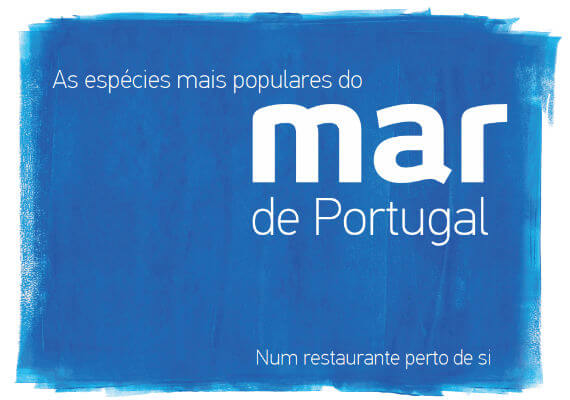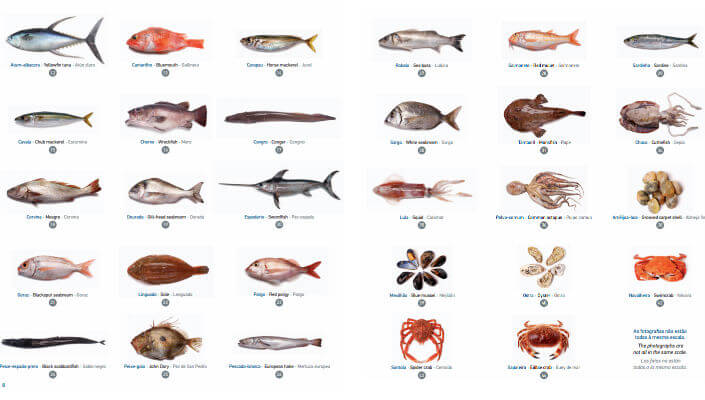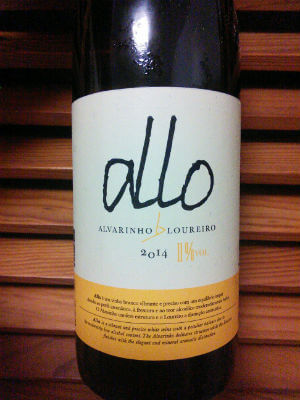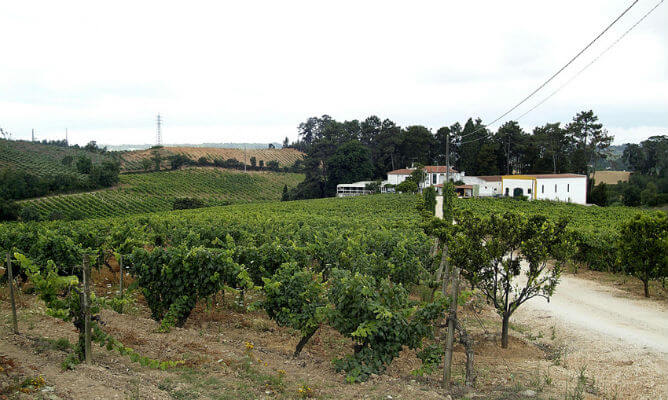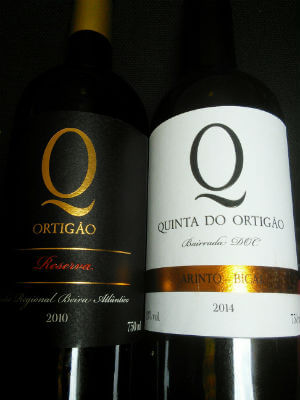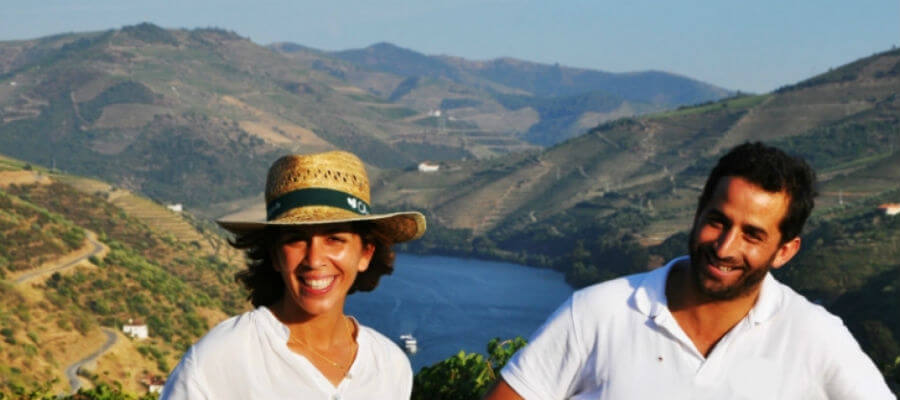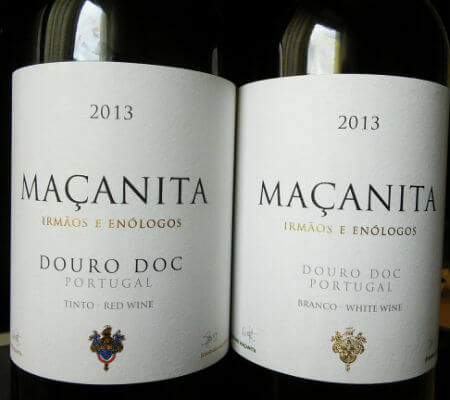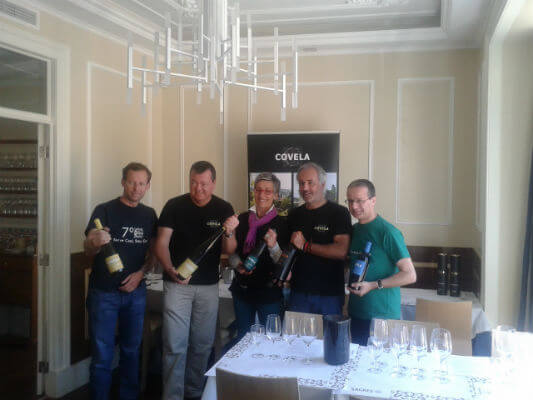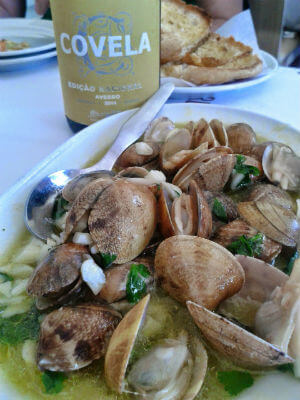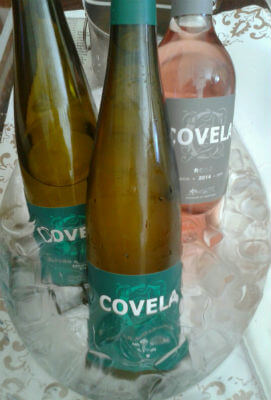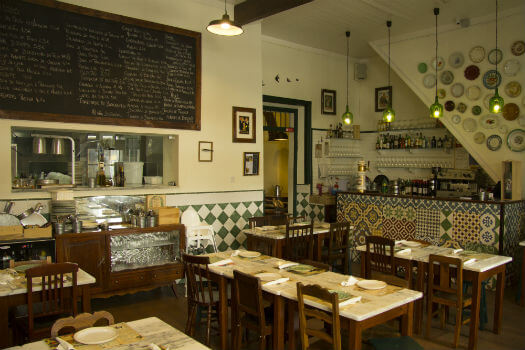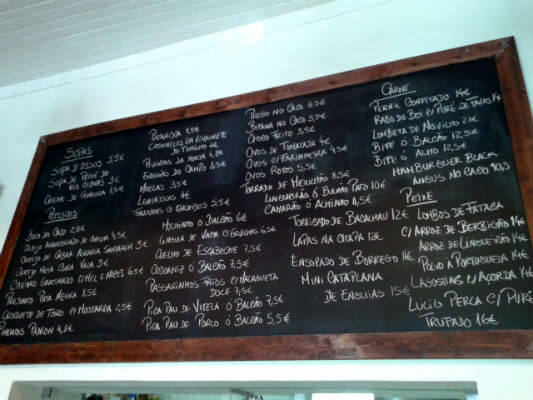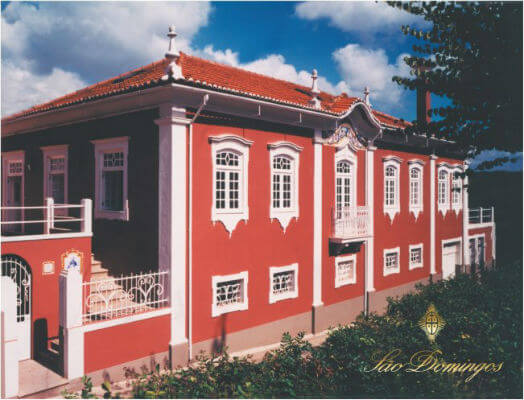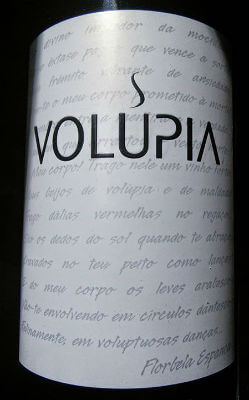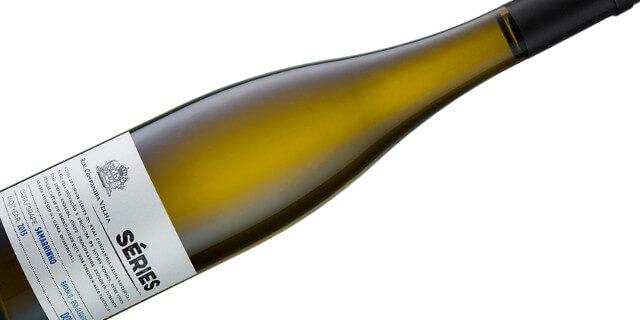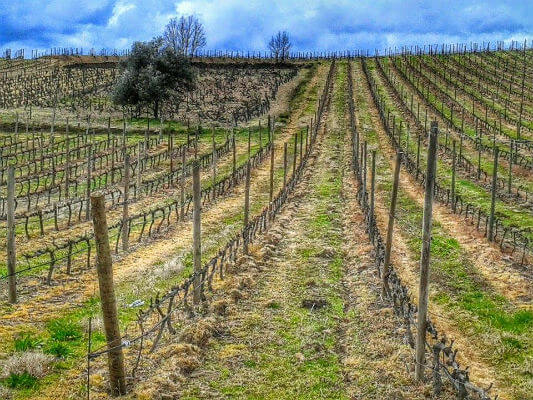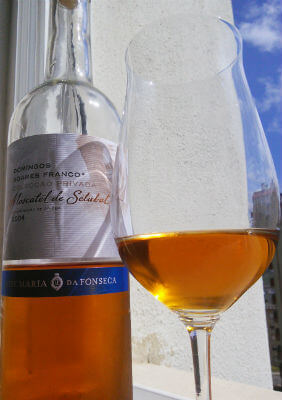VZ, a brand with the history of Douro
Text João Pedro de Carvalho | Translation Jani Dunne
In 1780, Van Zeller’s & Co was established as a Port wine company. They sold wine until 1930. During that time, the company was sold to another Port Wine group, having been rebought in 1933 by Luís de Vasconcellos Porto, who was, at the time, the owner of Quinta do Noval. This purchase made a generous offer for his grandchildren (children of his only daughter, Rita de Vasconcellos Porto, who was married to Cristiano van Zeller’s grandfather). Hence, Van Zeller’s & Co.’s several brands were merged with Quinta do Noval, just as “Van Zellers” and “VZ” were.
In 1980, a decision was made to revive Van Zeller’s & Co., making it independent from Quinta do Noval, giving it its own land and stocks of Port Wine. This wish was, however, put on standby when Quinta do Noval was sold to AXA, and Van Zeller’s & Co. was sold to the owners of Quinta de Roriz, who were cousins of Cristiano van Zeller’s. Time went by and only in 2006 were Van Zeller’s & Co. and all its brands handed to Cristiano van Zeller – also the result of a generous offer by a family member.
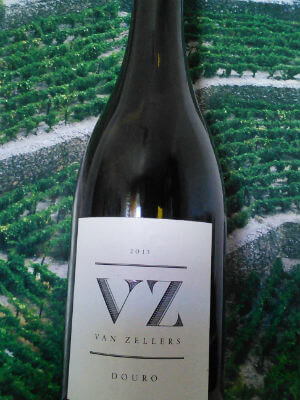
VZ Douro branco 2013 – Photo by João Pedro de Carvalho | All Rights Reserved
The new wines quickly emerged in the market, firstly a high-end VZ Douro white 2006, whose grapes – (Viozinho, Rabigato, Codega and Gouveio) aged on average between 50 and 80 years – come from Murça. This VZ Douro 2013 is a beautiful white, fermented, and aged in casks for 9 months, including a battonage by a team of luxury oenologists: Cristiano van Zeller, Sandra Tavares da Silva and Joana Pinhão. It results in a characterful tasting, the Douro very well outlined, standing out from a mix, weaving and involving it with light toasted notes from the cask, and fruit (peach, citrus, pear), cohesive, serious, marked by a lasting mineral finish. The description above equally suits the wine’s passage through the palate: a very good presence, ample, with light mineral austerity in the background. The total blend suggests consuming straight away or saving it in the rack for a few years.
Contacts
Lemos & van Zeller, Lda.
Rua de Gondarém, 1427 – 2º Dt. Ala Norte
4150-380 Porto
PORTUGAL
Telef. +351 223744320
Fax. +351 223744322
E-mail:
Website: www.quintavaledonamaria.com






